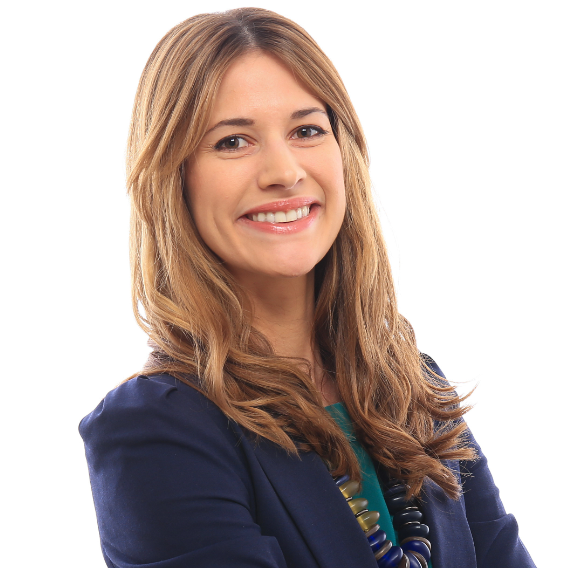If you have not contributed to a Roth IRA recently because your income is too high and you’re not sure you’re allowed to, read this article. There’s a way you can make non-deductible contributions to a Traditional IRA (non-deductible IRA), then take that money and move it into a Roth IRA. With this method, you can take advantage of the tax-free growth and tax-free withdrawals that a Roth IRA provides.1
There are a few steps to this process, so consulting with your financial advisor and tax professional is a good idea.
How to Convert Money into a Roth IRA
Let’s say your investment portfolio consists of a 401(k) and a taxable brokerage account. You max out your 401(k) every year, and you’re looking for a way to get more tax-free growth out of your investments. You are also interested in a retirement income strategy that provides you tax-free income (Roth IRA),1 but you cannot contribute to one because you make more than $191,000 (married filing jointly) per year.2
[+] Read More










